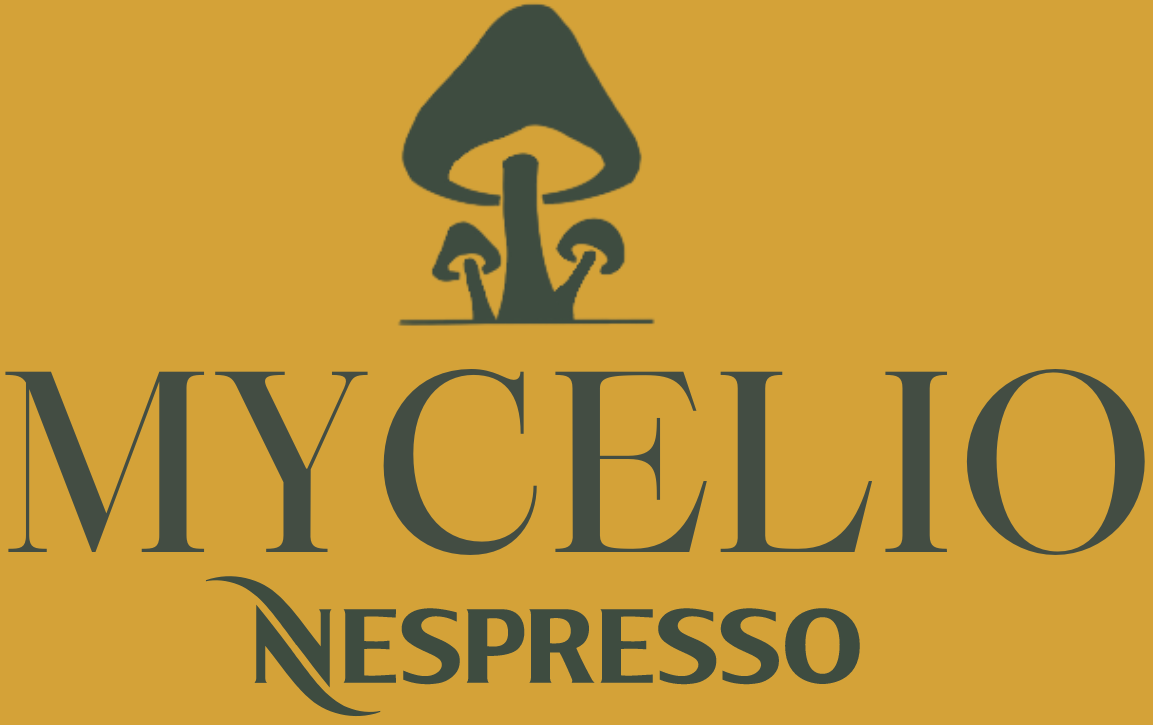
Having gone through the phases of redesigning the original concept into a prototype, actually building it in the workshops and after that finding better solutions for the shape, materials and processes used for a mass product version. Now it was time to evaluate the work done starting with the two products made, but also assessing the overall project regarding planning and orientation.
Evaluation
Ratings on requirements
In order to evaluate the product, the list of requirements is used as a measuring stick. Each requirement is rated from one to four, with four meaning that the requirement is fulfilled completely. The design resulted in a rating of 142 out of 148, meaning a couple of requirements are not fully fulfilled.
The two requirements not fulfilled in the final product are the size specifications for both the basic and upgraded version. The set requirements were not realistic with the final exterior design. Thus in further development the size could be optimised, which also means modifying the design. On one hand, the size should be big enough so that the necessary components fit in the machine and the user can use it efficiently. On the other hand, the machine should not be too big that it becomes heavy and difficult to store. Further iterations is needed to find a balance in this matter so that all components fit while keeping the comfort. A solution could be a slim model, where the water tank is attached to the side. This results in a more space efficient design.
Slim model




